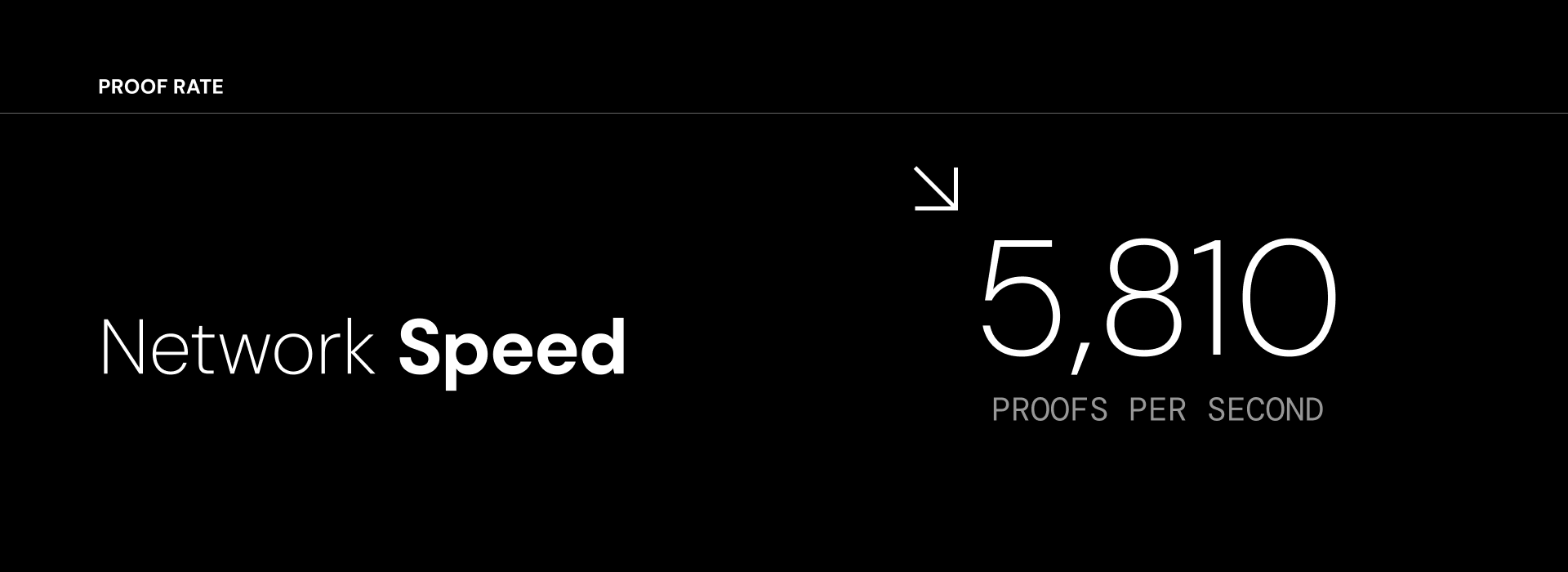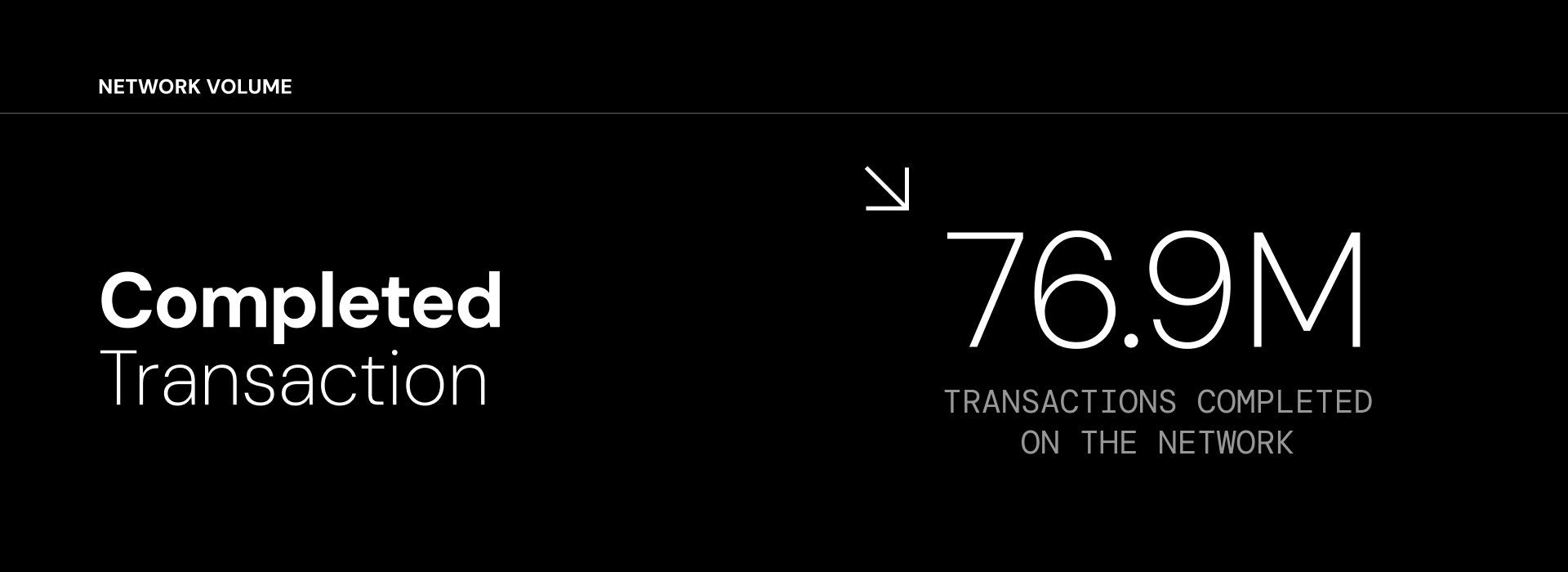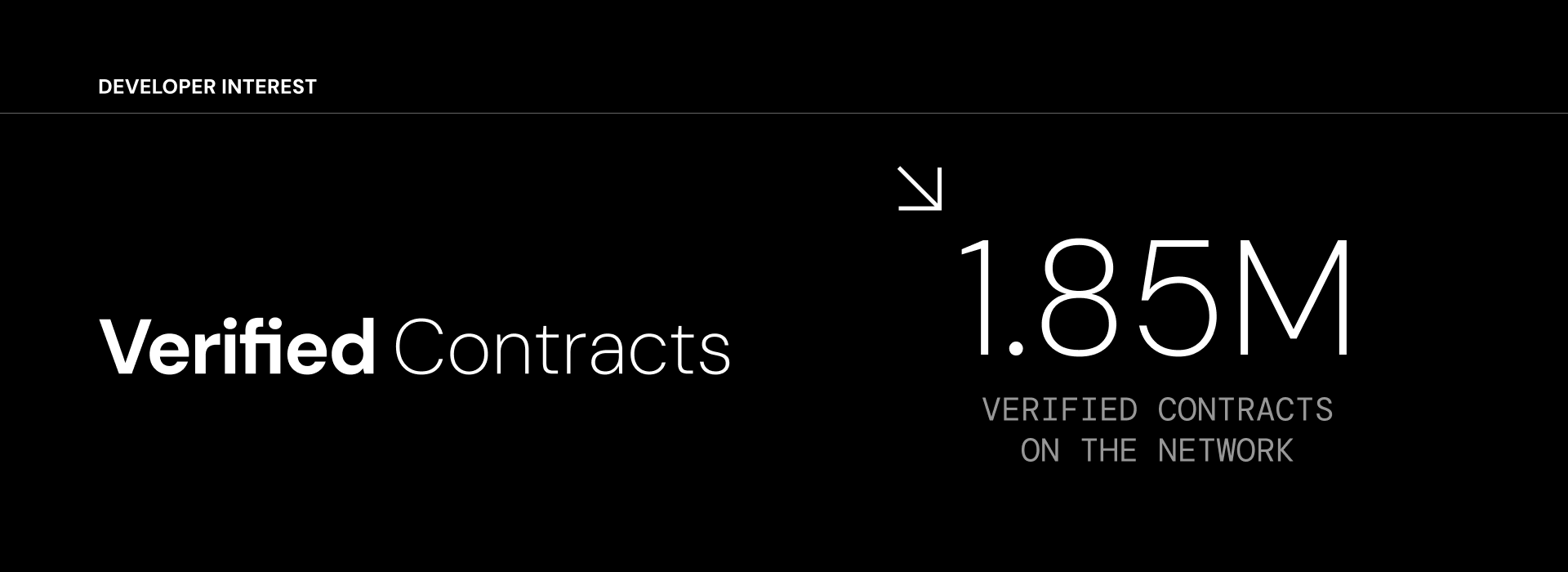Community Call 11.24.25
We hosted our latest community call to mark the debut of the Nexus DEX Alpha — the first enshrined exchange built

The past month marked a turning point for the Nexus proving network — a month defined by acceleration, scale, and deepening trust.
Across every dimension — from throughput and proofs to verified contracts — the network demonstrated resilience under growth, setting new records in activity and efficiency.
The Nexus prover network continues to accelerate dramatically.
This near-doubling of proof throughput underscores a key milestone: verifiability at industrial scale. As the demand for AI verification and computational transparency surges, the ability to sustain and grow this rate of proof generation becomes a defining differentiator for the network.
As the amount of work nearly doubled over the past 30 days, so has the rate of points awarded to network users.

October saw sustained growth in network transactions and usage:
That’s a completion rate approaching 100%, even as daily volumes surpassed three-quarters of a million transactions. This performance signals that Nexus is scaling not just in volume but in integrity — maintaining reliability as demand expands.

The network’s average block time dropped to 0.303 seconds, more than halving from the previous month’s 0.657 seconds.
This reduction is more than a metric — it’s a qualitative leap in user experience and developer potential. With block finality approaching the 300ms mark, Nexus enables a new class of verifiable, latency-sensitive applications — from onchain inference verification to high-frequency financial systems — that demand both proof and immediacy.
The number of verified contracts on the network rose to 1.85 million, more than sixfold growth in a single month.
Each verified contract represents a transparent commitment between developers and users — one that can be inspected, verified, and trusted without intermediaries. This rapid expansion suggests growing developer adoption of Nexus as a proving backbone for verifiable smart contracts and applications that require cryptographic assurance.

The average transaction network transaction fees were 6.916 NEX in the last 24 hours.
This marked increase in transaction fees reflects strong onchain activity and sustained demand for block space. Yet, despite the growth, fees remain efficiently distributed — a sign that the network continues to prioritize accessibility alongside performance.
As the network scales, these economic signals will play an increasingly central role in sustaining healthy contributor incentives and long-term network equilibrium.
This past month's data points toward a network entering its acceleration phase — one where growth, stability, and decentralization reinforce one another.
Together, these trends indicate a proving network that’s not merely surviving growth, but optimizing through it — adapting dynamically as demand and diversity of use cases rise.
The network is no longer just maintaining performance under load — it’s accelerating. Proof rates are climbing. Block times are falling. Verified contracts are multiplying.
The proving network is maturing into something new: a real-time, verifiable execution layer capable of supporting the next generation of AI-driven, data-rich, and trust-critical systems.